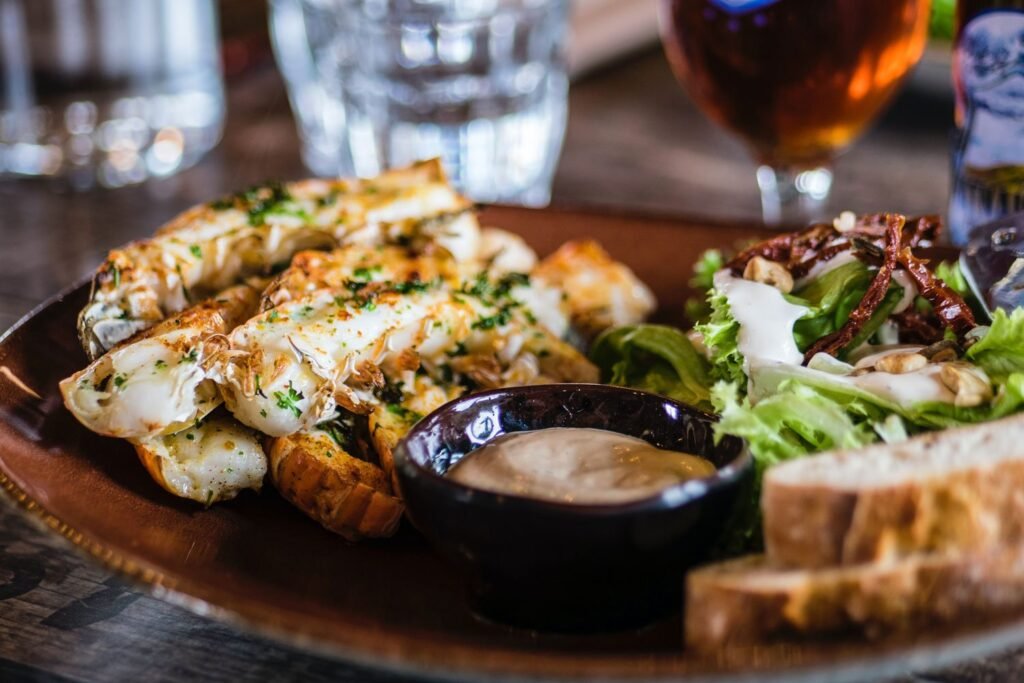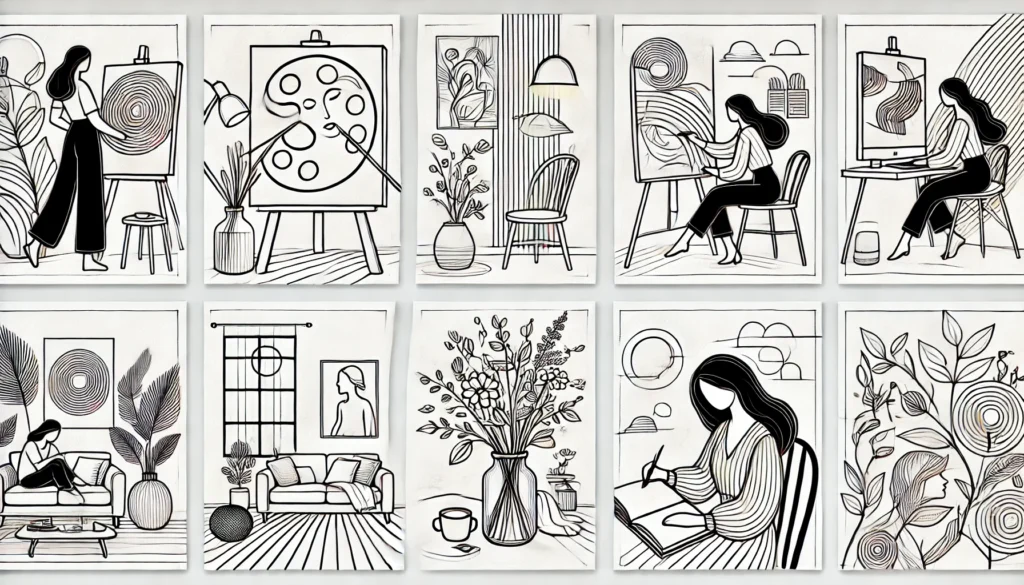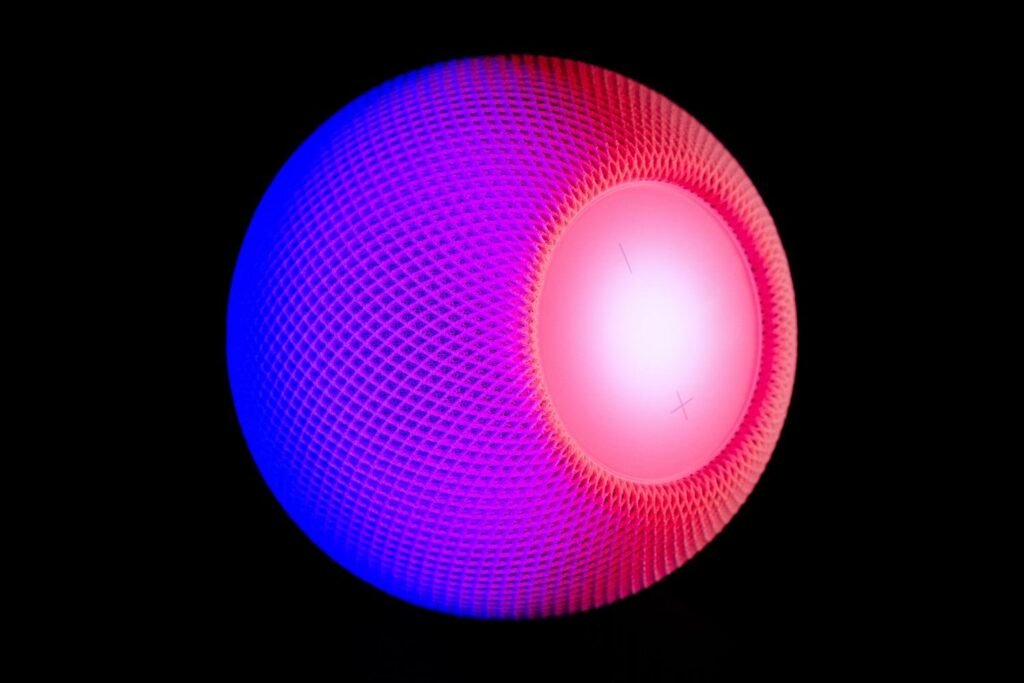Cubism: A Disruptive Force in Art History

Cubism is one of the most revolutionary art movements of the 20th century, challenging traditional perspectives on art, representation, and form. Developed by Pablo Picasso and Georges Braque in the early 1900s, Cubism broke with the centuries-old conventions of perspective and realism, laying the foundation for many of the avant-garde movements that followed. Its impact on modern art cannot be overstated, as it not only transformed the way artists viewed the world but also encouraged them to experiment with abstraction and multiple perspectives.
The Birth of Cubism
Cubism emerged as a response to the rapid changes in technology, science, and culture during the early 20th century. In particular, it was influenced by developments in physics, including the theory of relativity and the introduction of the fourth dimension, which challenged traditional notions of space and time. The artists of the Cubist movement sought to reflect these new understandings of the world through their artwork.
The movement was primarily initiated by two artists: Pablo Picasso, whose works such as Les Demoiselles d’Avignon (1907) marked the beginning of Cubism, and Georges Braque, whose interest in abstraction led him to experiment with new visual language and forms. Both artists began to deconstruct objects into geometric shapes and fragmented forms, departing from the traditional techniques of perspective and depth that had dominated art for centuries.
Key Characteristics of Cubism
- Multiple Perspectives: One of the core ideas of Cubism was to depict an object or scene from multiple viewpoints simultaneously. Rather than representing a single, fixed perspective as was common in traditional Western art, Cubist artists aimed to convey the complexity of human experience by showing different angles and facets of an object within a single composition.
- Geometric Forms: Cubists reduced objects to geometric shapes like cubes, spheres, cones, and cylinders, which gave the artwork a fragmented and abstract appearance. These simplified forms created a sense of depth and structure, breaking away from the smooth, realistic forms of earlier art movements.
- Flatness of the Picture Plane: Unlike traditional painting that focused on creating an illusion of depth and space, Cubism emphasized the flatness of the canvas. Artists rejected the use of perspective to create depth, instead focusing on the two-dimensional nature of the artwork itself.
- Collage and Mixed Media: In its later stages, particularly with Synthetic Cubism, artists began to incorporate elements of collage into their works. They used newspaper clippings, fragments of everyday objects, and other materials to create textured surfaces and deepen the abstraction. This added layer of complexity marked a shift toward incorporating real-world elements into the purely abstract composition.
The Phases of Cubism
Cubism can be divided into two main phases: Analytic Cubism and Synthetic Cubism.
- Analytic Cubism (1908–1912): In this phase, artists focused on analyzing and deconstructing objects. Picasso and Braque painted subjects such as still lifes, portraits, and landscapes, breaking them down into fragmented, overlapping planes. The color palette was muted, often dominated by tones of brown, gray, and ochre, allowing the focus to remain on form rather than color.
- Synthetic Cubism (1912–1919): Synthetic Cubism was a more colorful and decorative phase that involved the introduction of collage and other mixed-media elements. Artists began to combine flat shapes and textured surfaces with elements from the real world, such as letters, newspaper clippings, and fabric. The compositions became more vibrant, and the fragmented forms gave way to clearer, more recognizable shapes.
The Influence of African Art
A key factor in the development of Cubism was the influence of African art, particularly African masks and sculptures. When Picasso encountered these works in Paris in the early 20th century, he was struck by their bold, geometric forms and abstraction. African art’s focus on simplifying and distorting the human form resonated with Picasso and Braque’s desire to move away from naturalistic representation.
African art not only influenced the visual aspects of Cubism but also contributed to the movement’s emphasis on abstraction and symbolic representation. By incorporating elements of African art into their own works, Picasso and Braque created a fusion of European and non-European artistic traditions, which challenged Western concepts of beauty and realism.
Cubism’s Impact on Modern Art
Cubism was a groundbreaking movement that forever changed the way artists approached representation and composition. It inspired a wide range of subsequent movements, including Futurism, Constructivism, Dada, and Abstract Expressionism. By breaking down the boundaries between abstraction and representation, Cubism opened the door for a more experimental, fragmented, and conceptual approach to art.
The movement also had a profound influence on architecture, design, and even literature. In architecture, the use of geometric forms and fragmented shapes can be seen in the works of architects like Le Corbusier and Walter Gropius. In literature, authors like Gertrude Stein and James Joyce experimented with fragmented narrative techniques that mirrored the Cubist approach to visual art.
Legacy of Cubism in Contemporary Art
The legacy of Cubism can be seen in the work of many contemporary artists who continue to experiment with abstraction and multiple perspectives. Modern artists like Juan Gris, Frida Kahlo, and Jackson Pollock were all influenced by Cubism’s focus on deconstructing form and exploring new ways of seeing the world.
Moreover, Cubism laid the foundation for the evolution of abstract art. Its challenge to conventional ideas about perspective, representation, and form made it one of the most influential movements in modern art history. Even today, elements of Cubism can be found in the work of artists who continue to push the boundaries of abstraction and engage with the fragmented nature of contemporary life.
In conclusion, Cubism was a disruptive and transformative force in art history. By breaking away from traditional methods of representation and embracing abstraction, Picasso, Braque, and other Cubist artists reshaped the course of art and laid the groundwork for many of the artistic developments that followed. Cubism’s enduring influence remains a cornerstone of modern art, demonstrating the power of experimentation and the ongoing evolution of artistic expression.
























































































